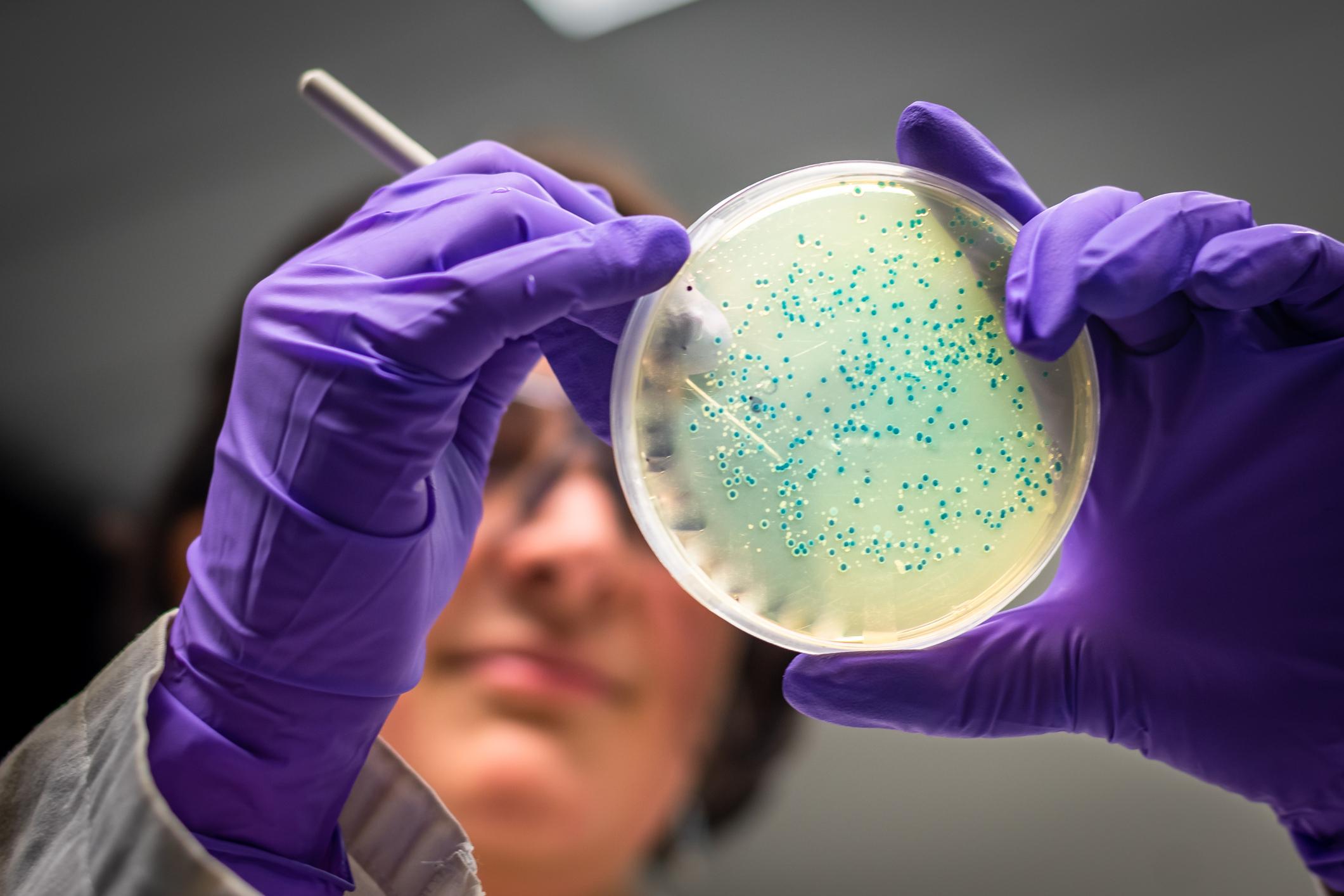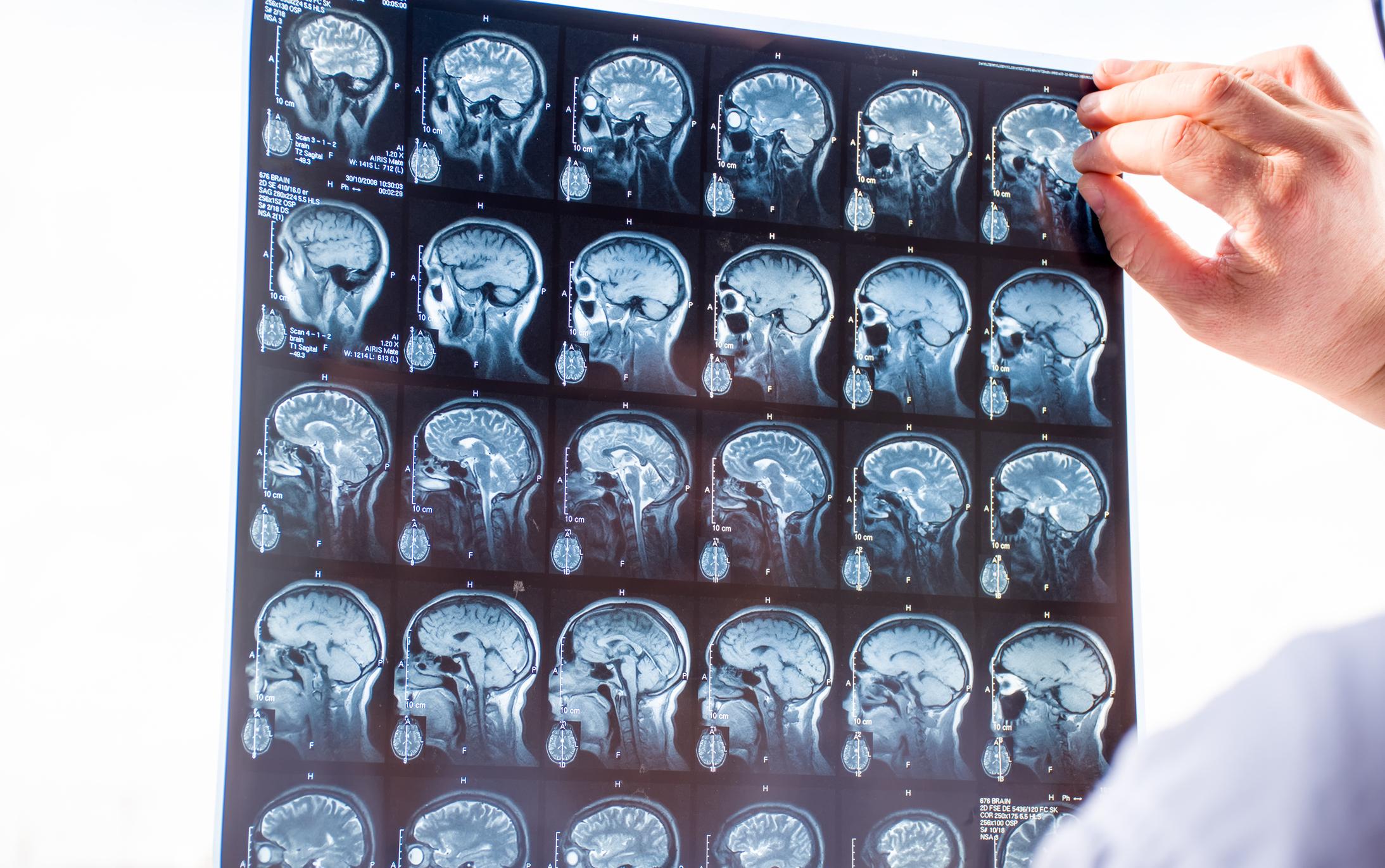The WHO has published a new list of drug-resistant bacteria that pose the greatest threat to human health.

- The WHO publishes the 2024 list of drug-resistant bacteria, while the last one was published in 2017.
- This update may make it possible to develop new drugs to treat infections linked to resistant bacteria.
- Antibiotic resistance is the ability of a bacteria to resist the action of an antibiotic.
There are now fifteen families of bacteria resistant to antibiotics, according to the new list published by the World Health Organization (WHO). These latter represent, currently, the greatest threat to human health for the institution.
Resistant bacteria: the threat has intensified since 2017
Antibiotic resistance is the ability of a bacteria to resist the action of an antibiotic, according to health insurance. This is a dangerous phenomenon for human health because, as recalled the National Institute of Health and Medical Research (Inserm), 700,000 people, including 25,000 in Europe, die each year from infections caused by bacteria resistant to these treatments.
“This list, which maps the global burden of drug-resistant bacteria and assesses its effects on public health, is essential to guide investments and respond to the crisis in antibiotic development and access.says Dr Yukiko Nakatani, WHO Acting Assistant Director-General for Antimicrobial Resistance, in a communicated. Since the publication of the first Priority Pathogens List in 2017, the threat of antimicrobial resistance has intensified, weakening the effectiveness of many antibiotics and jeopardizing many of the achievements of modern medicine.“
The previous list, established in 2017, indicated five pathogen-antibiotic combinations which were removed in the 2024 update. However, four more were added.
There new list of 2024, like that of 2017, includes three categories: critical priority bacteria, high priority and medium priority bacteria. Between these two publications, certain pathogens changed category, such as infection with Pseudomonas aeruginosa resistant to carbapenems (ParC – a subclass of antibiotics) which was moved from “critical” to “high” priority.
Thus, in the new list, the critical priority category includes the following bacteria:
- Enterobacteralesresistant to third generation cephalosporins,
- Enterobacteralesresistant to carbapenems
- Acinetobacter baumannii, carbapenem resistant
- Mycobacterium tuberculosisresistant to rifampicin, which is the cause, according to the Pasteur Institutetuberculosis.
High priority bacteria areenterococcus faecium (resistant to vancomycin), there Shigella spp. (resistant to fluoroquinolones), there Salmonella Typhi (resistant to fluoroquinolones), Pseudomonas aeruginosa (resistant to carbapenems), Non-typhoidal Salmonella (resistant to fluoroquinolones), the Staphylococcus aureus (resistant to methicillin) and, finally, the Neisseria gonorrhoeae (resistant to cephalosporins and/or third generation fluoroquinolones).
The last category concerns medium priority bacteria. This is theHaemophilus influenzaeresistant to ampicillin and the Streptococci from group A and B (respectively resistant to macrolides and to the penicillin) and the Streptococcus pneumoniaeresistant to macrolides.
Developing new drugs to overcome antibiotic resistance
“Antimicrobial resistance is compromising our ability to effectively treat high-burden infections, such as tuberculosis, leading to severe disease and increased mortality rates.”, explains Dr Jérôme Salomon, WHO Assistant Director-General for Universal Health Coverage and Communicable and Noncommunicable Diseases.
This new list therefore updates the most dangerous bacteria for humans, which will allow scientists to work on new drugs to perhaps, one day, be able to treat them more effectively.


















